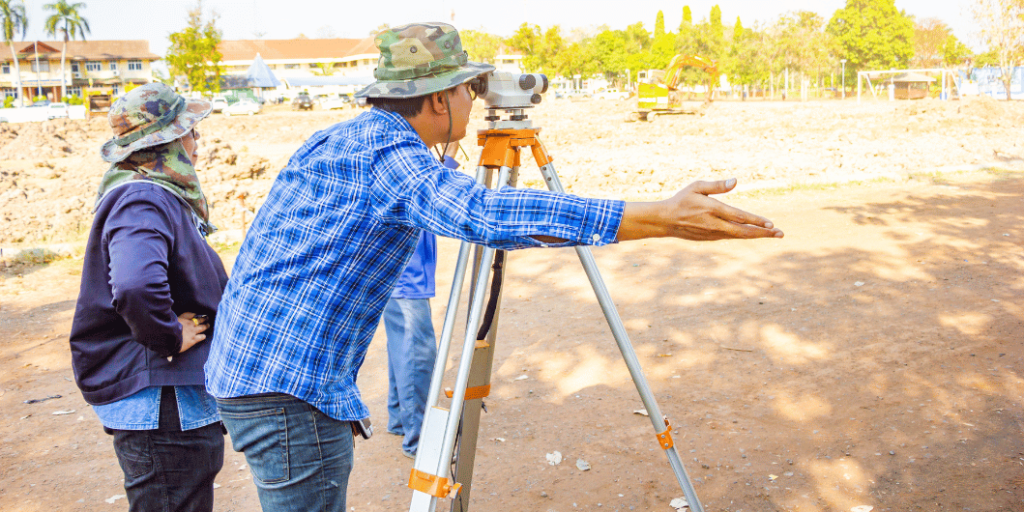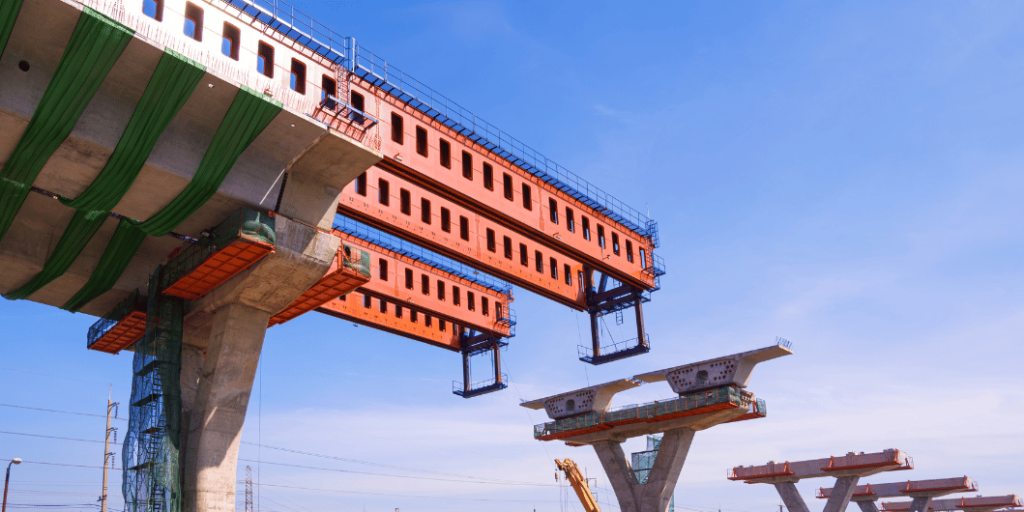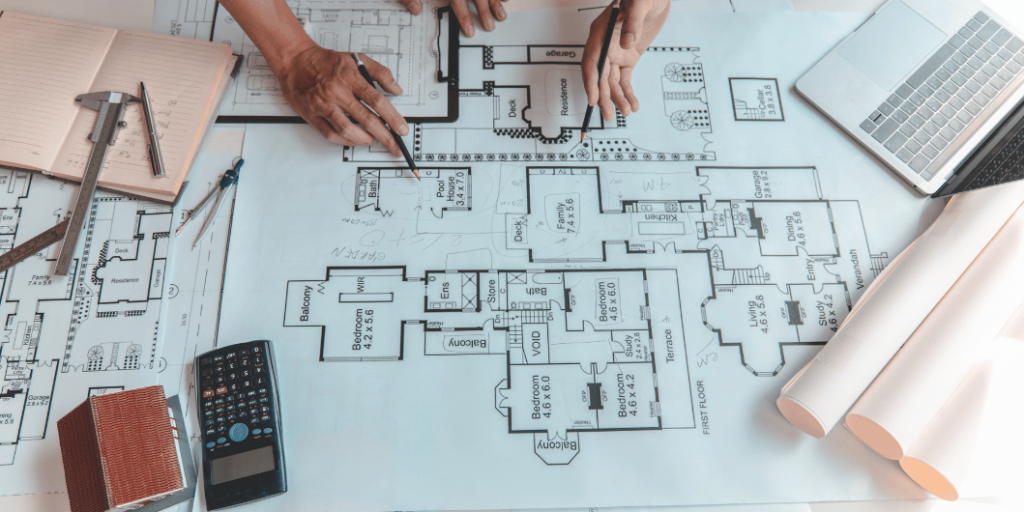Surveying Services
SSCPL offer comprehensive surveying services
At SSCPL, we offer comprehensive surveying services tailored to meet the unique needs of our clients across various industries. Our team of experienced professionals utilizes cutting-edge technology and advanced surveying techniques to deliver accurate and reliable results. Whether you require land surveying, topographic mapping, bridge survey, or construction layout services, we have the expertise and resources to assist you at every stage of your project.
Topographical Survey

Description: A topographical survey is conducted to gather detailed information about the natural and man-made features of a specific area. This includes aspects such as elevation contours, vegetation types, water bodies, existing structures, roads, and other relevant terrain details.
- Purpose: Topographical surveys are essential for various purposes, including site planning, engineering design, and environmental assessment. They provide crucial data for understanding the landscape, identifying potential challenges or constraints, and making informed decisions during the planning and design phases of a project.
- Process: Topographical surveys involve the use of advanced surveying equipment and techniques, such as total stations, GPS receivers, and drones, to accurately measure and map the terrain. Surveyors meticulously collect data points and create detailed topographic maps or digital elevation models (DEMs) that depict the surface features of the area.
- Benefits: By obtaining accurate topographical data, project stakeholders can optimize site layout, assess drainage patterns, analyze terrain stability, and design infrastructure that is compatible with the natural landscape. This information also helps minimize environmental impacts and ensures compliance with regulatory requirements.
Bridge Survey

Description: A bridge survey is a comprehensive assessment conducted to evaluate the condition, structural integrity, and overall performance of bridges and other transportation structures. It involves detailed inspections, measurements, and analyses to identify any deficiencies or potential hazards.
- Purpose: The primary purpose of a bridge survey is to ensure the safety and functionality of critical infrastructure assets. By assessing the condition of bridges, engineers can identify maintenance needs, prioritize repairs or rehabilitation efforts, and extend the lifespan of these structures.
- Process: Bridge surveys typically involve visual inspections, non-destructive testing, and structural analysis techniques to evaluate various components, including the superstructure, substructure, and foundation. Surveyors use specialized equipment such as laser scanners, drones, and instrumentation to gather accurate data and assess structural performance.
- Benefits: Conducting regular bridge surveys helps transportation agencies, asset owners, and infrastructure managers make informed decisions regarding maintenance, repair, or replacement strategies. By identifying structural deficiencies or vulnerabilities early on, potential safety risks and costly failures can be mitigated, ensuring the long-term reliability and safety of transportation networks.
Construction Layout

Description: Construction layout services involve accurately marking the positions of structures, utilities, and other elements according to the project plans and specifications. It ensures that construction activities are carried out precisely and in accordance with the design requirements.
- Purpose: The primary purpose of construction layout is to facilitate the construction process and minimize errors or discrepancies between the design intent and the actual construction. By providing accurate reference points and layout markings, construction layout services help contractors implement the project efficiently and avoid costly rework or delays.
- Process: Construction layout begins with the interpretation of design drawings and plans to identify critical dimensions, alignments, and elevations. Surveyors then use specialized equipment such as total stations, GPS receivers, and laser levels to stake out the location of structures, excavation boundaries, utility lines, and other key elements on the construction site.
- Benefits: Proper construction layout ensures that construction activities proceed smoothly, adhering to the specified tolerances and alignment requirements. It helps contractors maintain project timelines, control costs, and achieve quality standards by minimizing errors and ensuring accurate implementation of the design.
